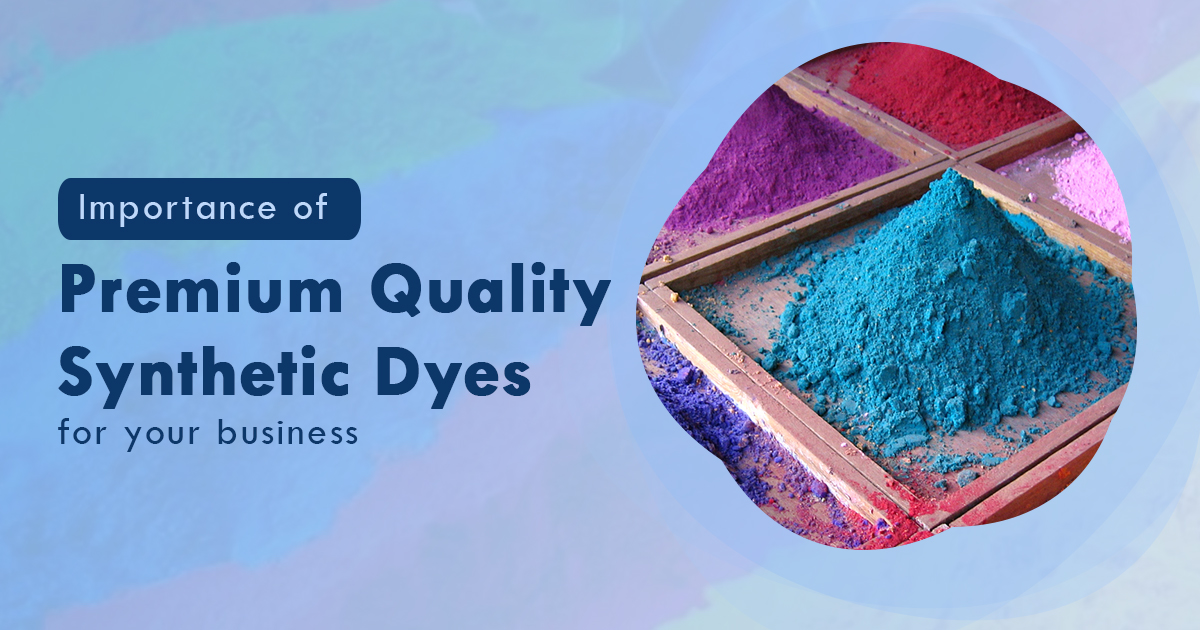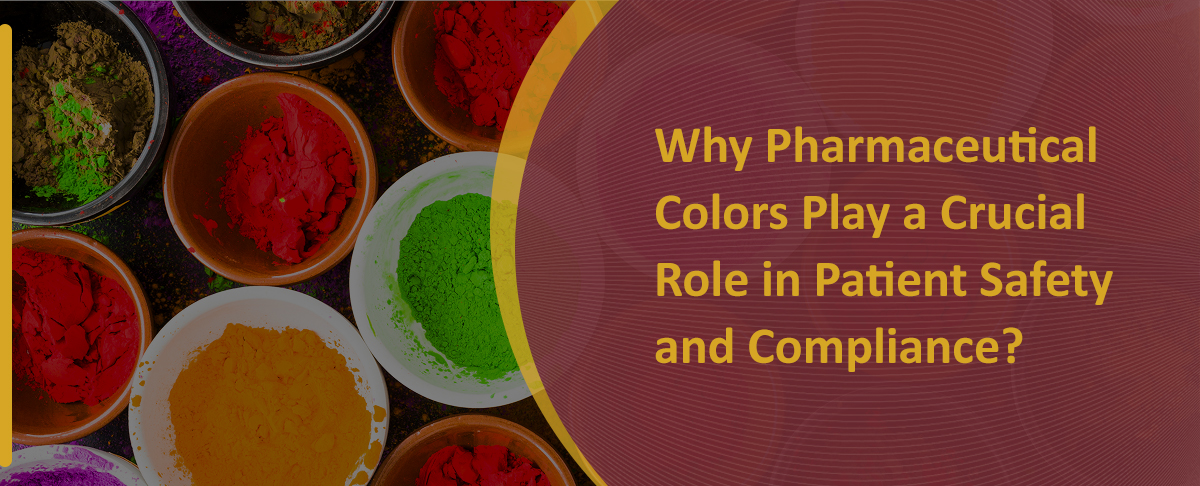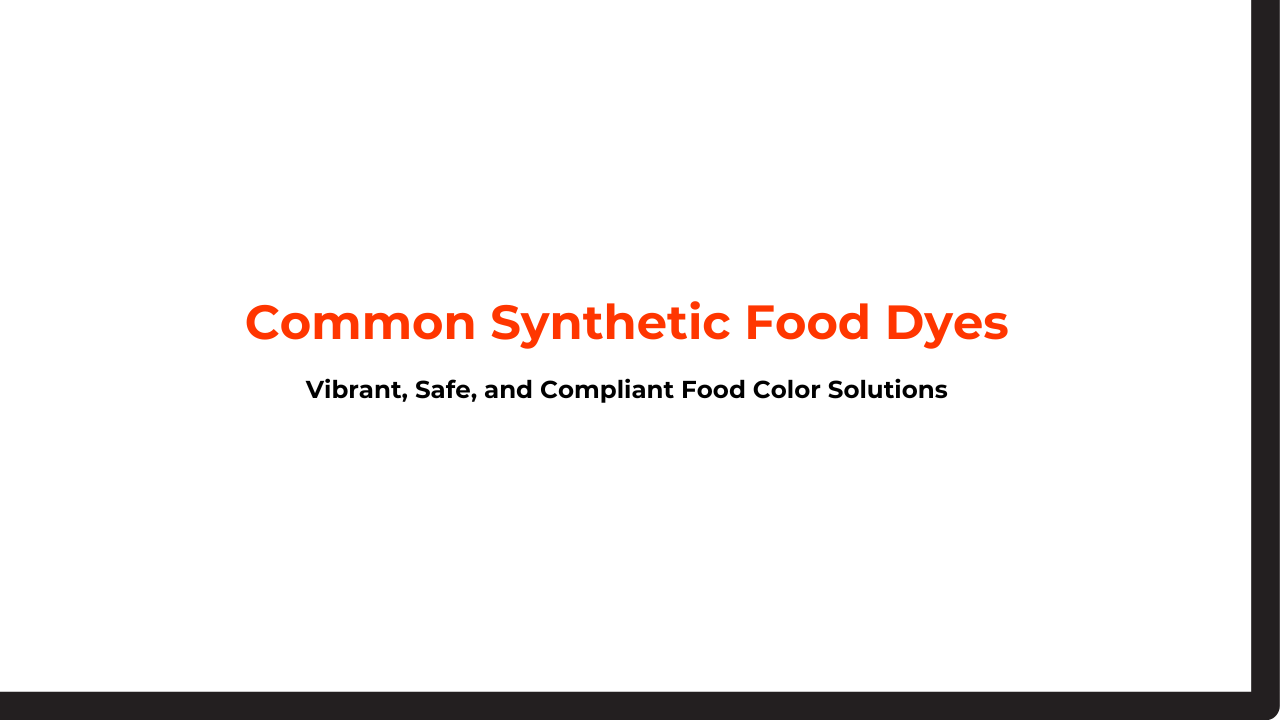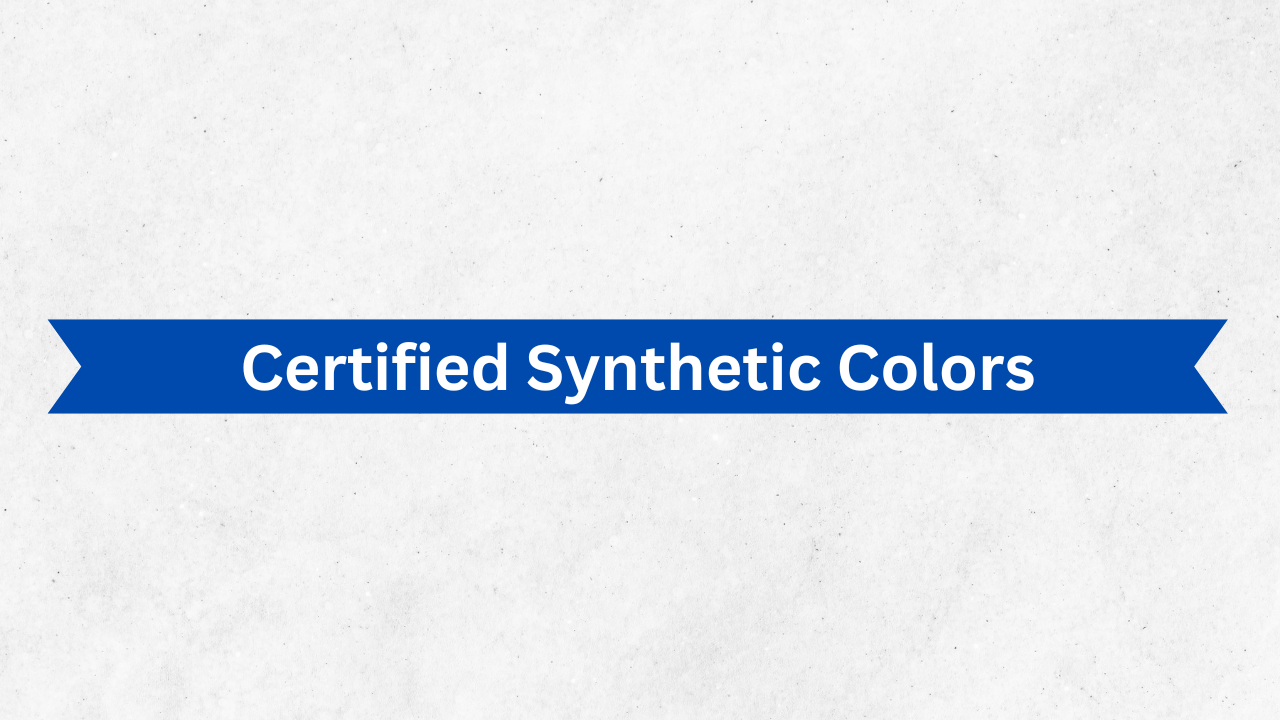Synthetic dyes, colors, colorants, or coloring agents are widely used to impart various colors and shades to foods, pharmaceuticals, cosmetics, and home and personal care products. These dyes are best known for their lucrative advantages, including bright colors, cost-effectiveness, and longer shelf life than natural dyes.
Well! Here, we will discuss the importance of premium-quality synthetic dyes for your business, including their advantages and applications in various industry verticals.
Synthetic dyes are widely used in various industries, including food and beverage, cosmetics, and pharmaceuticals. Artificial dyes are more durable and stable, offering bright colors and cost efficiency. If you are a business wondering about the benefits of synthetic dyes for your operations, you have come to the right place.
Let’s explore the importance of premium-quality synthetic dyes, including their classifications, advantages, and applications in various industrial settings.
Classification of Synthetic Dyes
Synthetic dyes can be categorized based on different criteria, including their application, chemical structure, and dyeing process. Artificial dyes can be further classified depending on the following criteria:
1. Application: These dyes can be further classified based on their applications, including leather dyes, textile dyes, paper dyes, food dyes, cosmetic dyes, and inkjet dyes.
2. Chemical structure: Based on their chemical structure, synthetic dyes can be classified into four main categories: azo dyes, anthraquinone dyes, phthalocyanine dyes, and indigo dyes.
3. Dyeing process: Synthetic dyes can be classified based on the dyeing process used, including direct dyes, acid dyes, reactive dyes, dispersed dyes, and vat dyes.
4. Colorfastness: These synthetic dyes can be further categorized based on their colorfastness properties, including heat stability, wash fastness, and light fastness.
5. Toxicity: These synthetic dyes can be classified according to their toxicity level, including high-toxicity dyes, low-toxicity dyes, and eco-friendly dyes.
Read More: Guide to Cosmetic Colors and Dyes
Properties of Synthetic Dyes
The properties of synthetic dye depend on the specific type of dye, but in general, synthetic dyes have the following properties:
1. Brightness and consistency: Synthetic dyes offer bright and vibrant colors while maintaining consistency across different batches.
2. Stability: These dyes offer high durability and stability, and do not fade when exposed to direct sunlight.
3. Affordability: Synthetic dyes are less expensive than natural dyes, making them a perfect choice for large-scale production.
4. Chemical properties: Various synthetic dyes with multiple chemical properties are available, making them suitable for diverse applications and materials. Acid dyes are commonly used for dyeing protein fibers, such as wool and silk, whereas disperse dyes are typically used for dyeing synthetic fibers, including polyester.
5. Resistance to water and other chemicals: These synthetic dyes offer excellent resistance to water and other chemicals, making them the ideal choice for various applications.
Uses of Synthetic Dyes
The use of synthetic dyes is widespread for a variety of industrial applications, including but not limited to:
1. Food: Synthetic dyes are popular for providing vibrant colors to food products such as baked goods, candies, and beverages, making them more appealing to consumers.
2. Pharmaceuticals: Synthetic dyes are widely used to impart color to various drugs or medications, including tablets, capsules, and syrups, enhancing palatability, eliminating drug counterfeiting, and improving the dosage form.
3. Cosmetics: These synthetic dyes are widely used in the cosmetics and home and personal care industry, enabling businesses to add color to various products, including nail polish, eyeshadows, and lipsticks.
4. Textiles: These types of synthetic dyes are most commonly utilized to impart color to various fabrics, including silk, cotton, wool, and synthetic fibers such as nylon, acrylic, and polyester.
5. Printing: The printing industry uses synthetic dyes extensively to produce a wide range of materials, including newspapers, books, magazines, and packaging.
6. Plastics: Synthetic dyes are widely used to give color and enhance the overall look and feel of products, including containers, toys, and consumer electronics.
Top advantages of Synthetic Dyes
Synthetic dyes offer numerous benefits, including longer lifespan, vibrant colors, cost efficiency, enhanced durability, and consistent color, making them the ideal choice for mass production. The following are some of the top benefits, including:
1. Affordability: Synthetic dyes are generally more cost-effective than natural dyes, making them an affordable option for large-scale production.
2. Consistency: Synthetic dyes offer greater color consistency than natural dyes, making it easier to repeatedly achieve the same color consistency.
3. Wide range of color options: Synthetic dyes offer a more comprehensive range of bright and vibrant colors, hues, and shades than natural dyes, providing various options in the textile and other industries.
4. Availability: It is possible to manufacture synthetic dyes on a large scale, making them more easily accessible and widely available than natural dyes.
5. Durability: Synthetic dyes offer greater durability and affordability than natural dyes. They can withstand harsh environmental conditions and wash more efficiently.
Conclusion
Ultimately, synthetic dyes are a popular form of dye, most commonly used for coloring foods, cosmetics, pharmaceuticals, and various other industrial applications.
These synthetic dyes add significant value to businesses, enabling them to make their products more appealing and establishing a unique brand identity through their colors.
However, businesses are advised to use only premium-quality synthetic dyes and pigments from reputable chemical dyestuff manufacturers and exporters to ensure security and efficacy.
Hridhan Chem is a leading manufacturer and exporter of high-quality synthetic dyes and pigments in various industries, including pharmaceuticals, cosmetics, food, and home and personal care.
Don’t hesitate to contact us today for more information on the wide range of chemical dyestuffs we produce at our state-of-the-art manufacturing facility.




